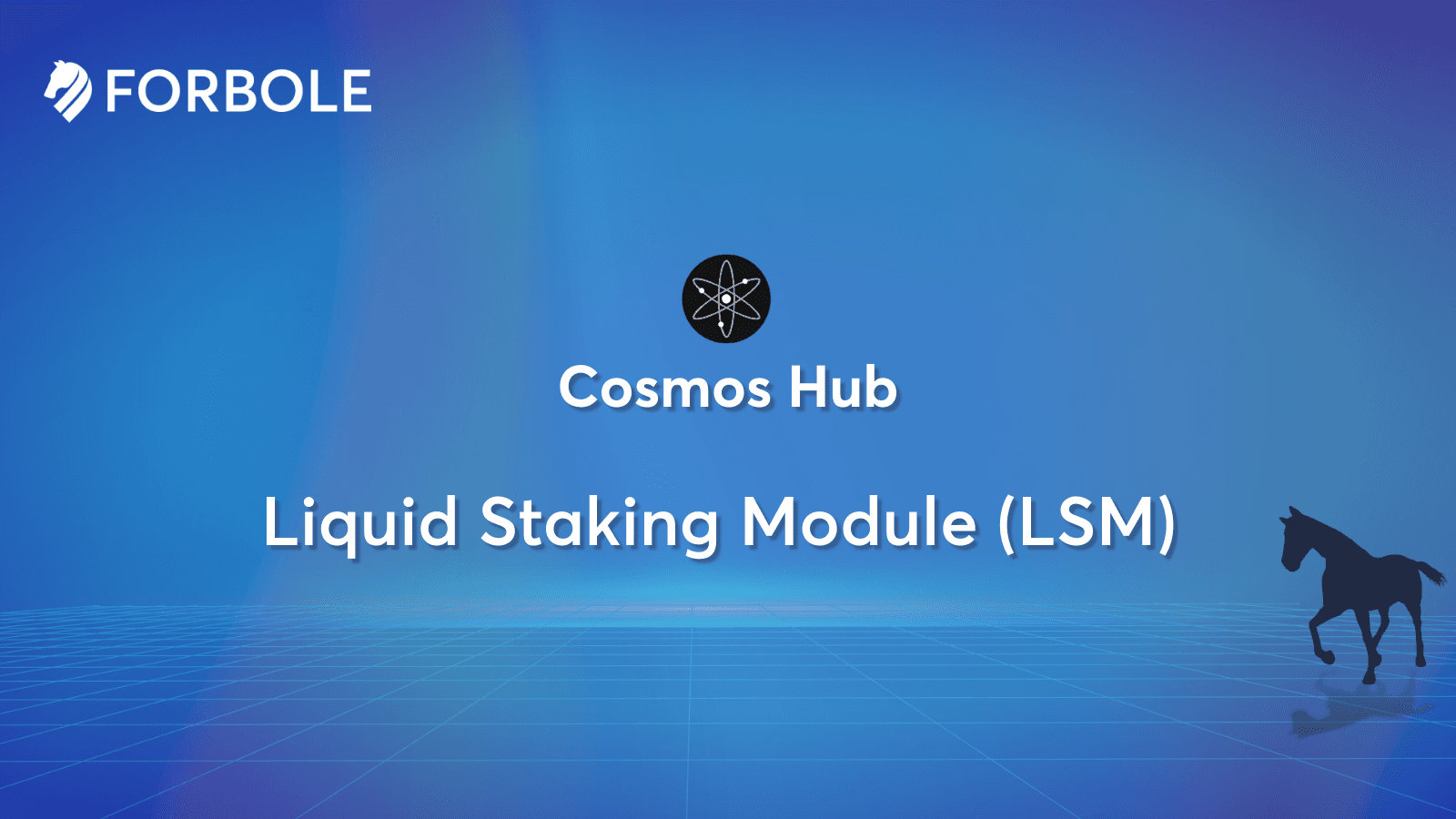Proposal 821 for the Cosmos Hub is approved, and the Gaia v12 upgrade will begin at block 16985500, around September 13th at 20:59:48. This upgrade introduces the Liquid Staking Module (LSM) to enhance liquid staking security. Instant liquid staking will first be available via Stride.
LSM adoption is growing across the Cosmos ecosystem. Persistance is voting to enable LSM on pSTAKE Finance, and StaFi supports Cosmos LSM on their testnet. More Cosmos blockchains are likely to follow. This marks a significant milestone, as Liquid Staking adds liquidity to staked tokens, unlocking potential for the approximately 60 million staked $ATOM tokens in the Cosmos ecosystem.
What's the current state of Cosmos Staking?
Staking represents the practice of locking up $ATOM to fortify the security of the public blockchain. In return, those who stake their tokens, known as 'stakers,' are rewarded. These staking rewards are generated and distributed in the form of transaction fees collected on the blockchain. Additionally, new tokens are minted from the total supply and allocated to reward stakers. Notably, the longer tokens are staked, the more rewards accrue to stakers over time.
To optimize their rewards, stakers often turn to a restake service. This service automatically reinvests the claimed rewards by redelegating them on a daily basis. It's a powerful way for stakers to efficiently grow their holdings and actively participate in the blockchain's success.
But there's room for further advancements in this field.
Unlocking a New Era with LSM
Currently, the Cosmos Hub imposes a 21-day unbonding period during which natively staked $ATOM cannot be utilized in DeFi applications. However, with the introduction of the LSM into the Cosmos SDK, stakers will gain the remarkable ability to instantly convert their already staked $ATOM into liquid assets. This transformation allows staked assets to seamlessly transition into liquid staked $ATOM, eliminating the need for unbonding periods.
The liquid staked $ATOM can be freely transferred and traded, functioning just like any other token. Users can now enjoy the benefits of staking rewards while also harnessing the liquidity potential of their staked assets. This newfound flexibility ensures that assets aren't locked, enabling users to explore additional investment opportunities with ease.
Risk Management for the New Module
To address liquidity staking risks, the initial limit for liquid staking is set at 25% of all staked $ATOM. This ratio can be adjusted via governance if necessary.
Validators aiming to receive delegations from liquid staking providers or mint LSM tokens must self-bond a specific amount of $ATOM. This subjects them to the 21-day unbonding period, preventing sudden mass fund withdrawals and enhancing security.
Governance for LSM
In the original LSM design, governance rights are vested in the validators. Validators exercise their voting authority with the full power of all staked assets, including those converted into a liquid state. Notably, liquid staked assets do not possess voting capabilities, implying that their votes cannot supersede those of the validators. The precise mechanics of this governance arrangement will be determined by the LSM module's community contributors and will be implemented after the module's launch.
In Conclusion
The introduction of LSM marks a momentous milestone, fostering network liquidity and unleashing the potential of millions of dollars in $ATOM tokens. These newfound resources have the potential to fuel DeFi initiatives across the diverse chains that form the vibrant Cosmos ecosystem.
Forbole Tech
We're a blockchain technology company founded in Hong Kong that offers reliable, native and scalable blockchain infrastructure solutions to help businesses and individuals navigate the Web3 world.
Please don't hesitate to reach out if you have any questions. To get in touch with us: Telegram | Twitter | Website | Instagram|GitHub | Youtube
